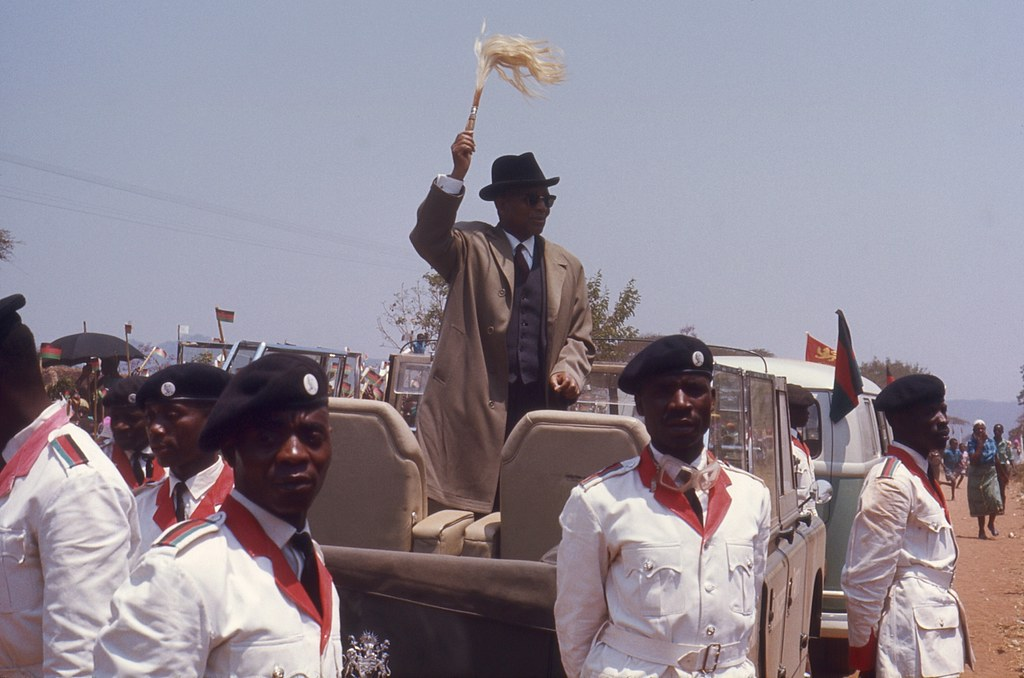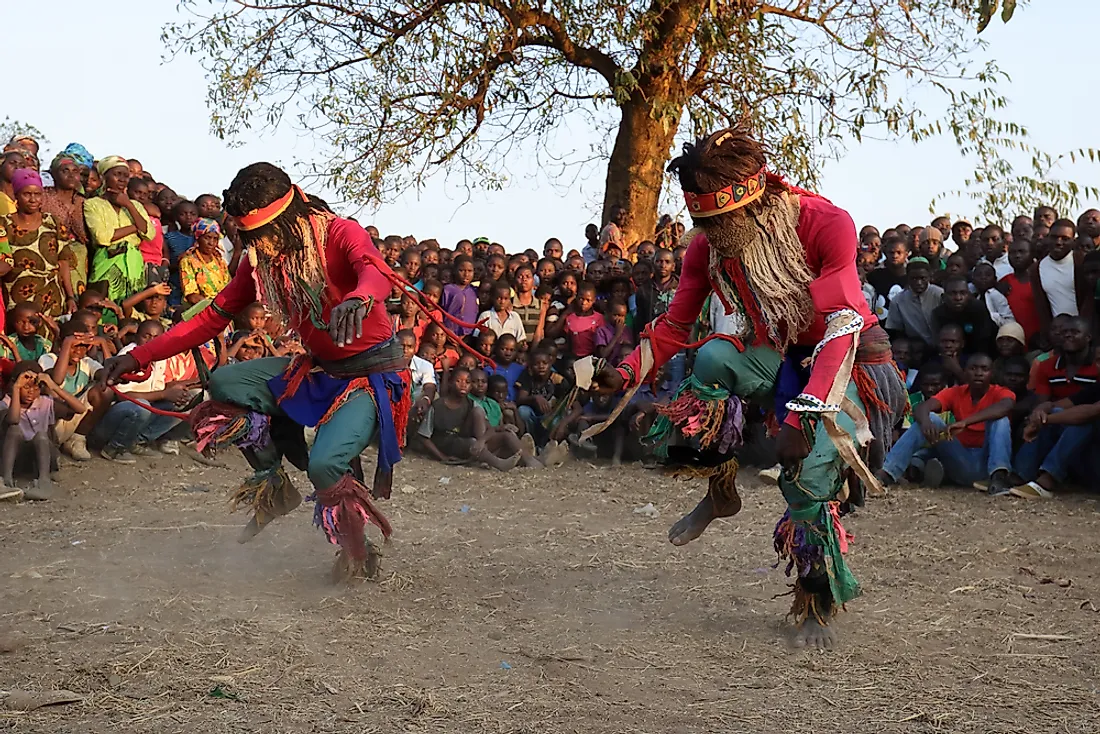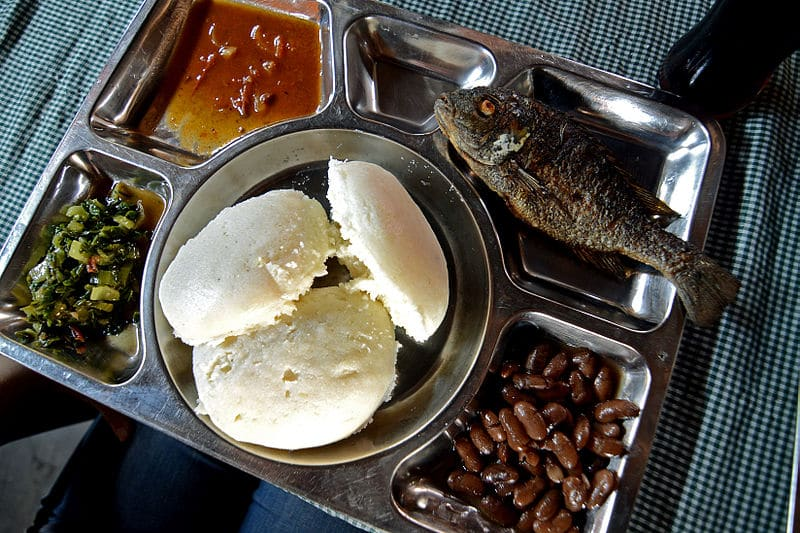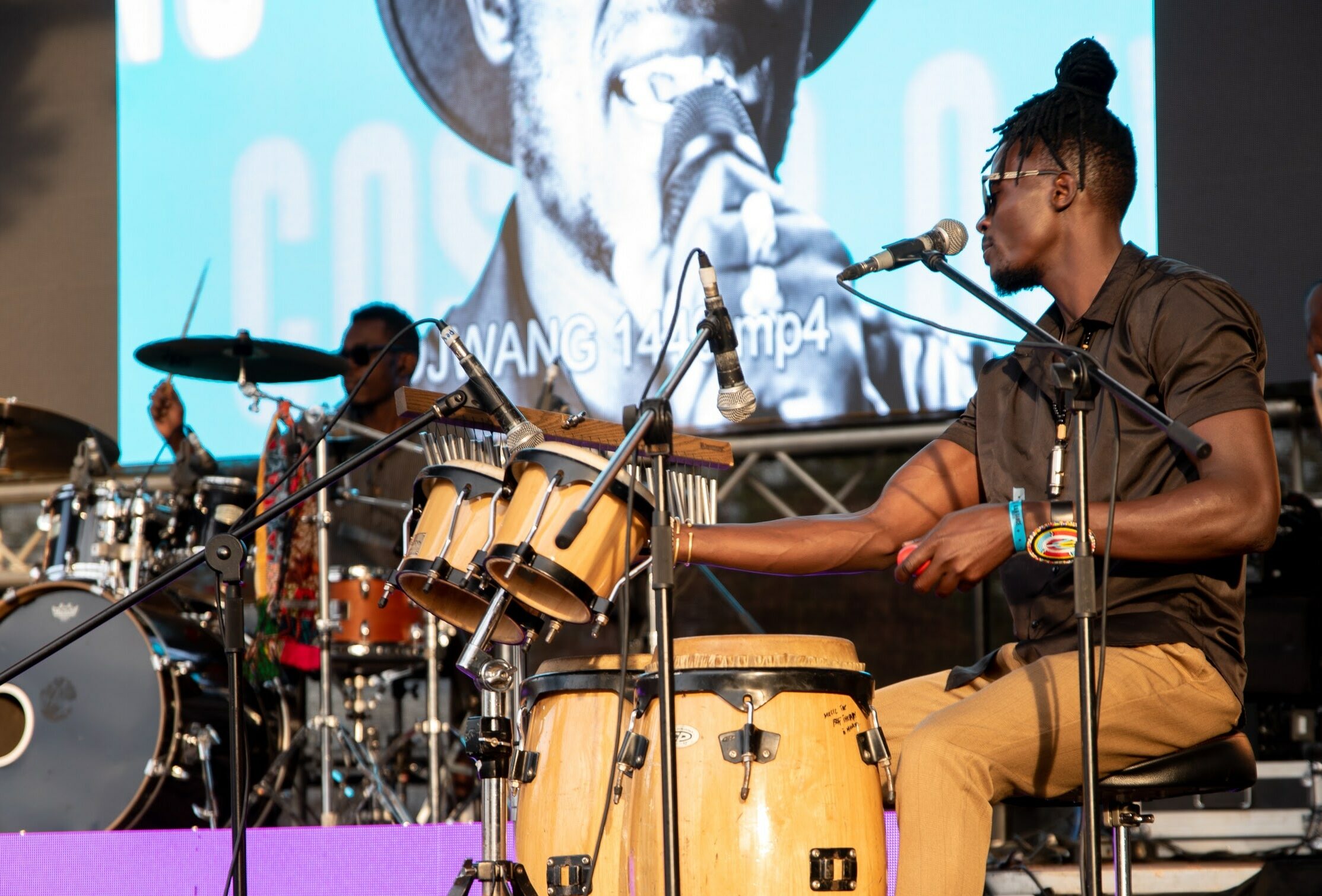Malawi, known as the “Warm Heart of Africa,” is a landlocked country renowned for its extraordinary landscapes, rich heritage, and vibrant culture. Nestled in the southeastern part of Africa, Tanzania borders the nation to the north, Mozambique to the east and south, and Zambia to the west. Let’s explore the diverse aspects of Malawi, from its geographical splendors and historical narrative to its cultural festivities and economic strides.
Geography and Climate
The topography of Malawi is distinguished by the Great Rift Valley, which slices through the country from north to south, framing the majestic Lake Malawi. As one of the African Great Lakes, it serves as a lifeblood for the nation, influencing the local climate and economy. The terrain of Malawi varies significantly, featuring high plateaus, tall mountains, and lush valleys.
The climate is generally tropical, marked by a rainy season that spans from November to April and a dry season from May to October. The country faces diverse weather patterns, where the highlands can experience temperate conditions, and the lower-lying areas, particularly in the Shire Valley, may encounter hotter temperatures. Read Also: 9 African countries you can visit on a tight budget

History
The history of Malawi dates back to the Stone Age, with archaeological records revealing the presence of hunter-gatherer communities. Around the 10th century, Bantu-speaking tribes migrated to the area, laying the foundation for the ethnic diversity seen in present-day Malawi. The turn of the 16th century saw the rise of the Maravi Empire, from which the country derives its name. However, the empire started to decline by the 18th century due to internal conflicts and external attacks.
In the late 19th century, Malawi came under British rule and was integrated into the Federation of Rhodesia and Nyasaland. The federation dissolved in 1963, and Malawi gained its independence on 6th July 1964, with Dr. Hastings Kamuzu Banda as its first Prime Minister. Banda ruled as a dictator until 1994 when, under domestic and international pressure, Malawi held multi-party elections. Through decades of political, economic, and social transformation, Malawi has evolved into the country known today as the “Warm Heart of Africa.”
Culture and Traditions
Malawi’s rich cultural milieu is a reflection of its diverse ethnic groups, each contributing unique traditions, languages, and arts to the country’s vibrant roots. The Chewa, Tumbuka, Yao, and Ngoni tribes make up the majority of the population, influencing the country’s dance, music, and folklore. The “Gule Wamkulu,” a significant Chewa ritual dance recognized by UNESCO, is a unique spectacle involving masked dancers and intricate costumes.

Notable cultural events include the Lake of Stars Music Festival, drawing artists and audiences from across the globe for a celebration of music, art, and culture on the shores of Lake Malawi. The Tumaini Festival is another event that brings together artists, activists, and community members to raise awareness and support for social issues affecting Malawians.
Music plays a pivotal role in Malawian culture; traditional styles include the ‘mganda‘ music of the Yao tribe and the ‘vimbuza‘ dance music of the Tumbuka. In recent years, Malawian music has embraced contemporary genres, giving birth to a burgeoning urban music scene.
A dominant tradition in Malawi is the “Chimodzi” ceremony, where the first-born child is introduced to the community during a joyous celebration. In contrast, the “Chinamwali” rite marks the transition of young girls to womanhood, highlighting the societal importance placed on communal support and mentorship.
Malawi’s culture and traditions demonstrate a deep sense of community, respect for elders, and a strong connection to the land and its resources. This is embodied in the country’s favorite saying, ‘Takulandirani,’ meaning ‘We welcome you,’ embodying the hospitality and warmth the nation is known for.

Food and Cuisine
Malawian cuisine is much celebrated for its diversity and flavorful dishes, reflecting the country’s rich agricultural background. A staple food in Malawi is ‘Nsima,’ a fulfilling dish prepared from ground corn, typically served alongside relishes of meat, beans, and vegetables. Another standout dish is ‘Kachumbari,’ locally referred to as ‘sumu‘ or ‘shum‘ or simply a ‘tomato and onion salad’. This fresh salad is a delightfully crisp counterpoint to the rich main dishes.
Malawian cuisine also offers a variety of beverages, with ‘Thobwa‘ being a popular choice. This is a traditional fermented drink made from white maize and either millet or sorghum. ‘Kondowole,’ primarily from Northern Malawi, is a sticky meal prepared from cassava flour and water, bearing a resemblance to Malawian nsima, Tanzanian ugali, and Ugandan posho.
‘Ndiwo,’ a flavorful relish made from vegetables, beans, and meat, varies from region to region, offering a unique gastronomic experience. For seafood lovers, ‘Chambo,’ a fish from Lake Malawi, is considered a delicacy. This is usually grilled or fried and served with nsima. Read Also: Major African lakes: Exploring the 7 biggest lakes in Africa
Malawi’s sweet tooth is catered to by ‘Mbatata,’ a biscuit made from sweet potato, margarine, milk, and sugar, sometimes with a hint of cinnamon for added flavor. Malawian cuisine, deeply rooted in the country’s agricultural heritage, primarily comprises maize, beans, rice, cassava, potatoes, and an assortment of fruits, making meals not only delicious but also nutritionally balanced.
Tourism
Tourism in Malawi is a growing sector, attracting adventurers and nature enthusiasts to its unspoiled natural beauty. For nature enthusiasts, the majestic Mount Mulanje offers an exquisite panorama of diverse flora and fauna. Lake Malawi, the third-largest lake in Africa, is another jewel in Malawi’s crown, providing a delightful venue for beach activities, snorkeling, and kayaking.
Wildlife aficionados will find Liwonde National Park and Majete Wildlife Reserve irresistible, teeming with abundant wildlife, including elephants, hippos, crocodiles, and a diverse array of bird species. The scenic Zomba Plateau beckons hikers and outdoor enthusiasts with its picturesque highland landscapes.

For those seeking a leisurely beach-side experience, Cape Maclear, nestled on the shores of Lake Malawi, promises relaxation and water activities. Similarly, Likoma Island offers a tranquil atmosphere and unique cultural experiences.
Finally, Tourists can also explore the serene tea estates of Thyolo, capturing the colonial era’s lingering essence and the opportunity to sample some of the finest teas.
Beyond natural attractions, Malawi encourages visitors to delve into its friendly local culture, visit local tea and coffee farms, and participate in social and volunteer activities. The country’s tourism industry has seen significant growth, further enhanced by the warm hospitality of its people. Whether you’re seeking wildlife encounters, outdoor adventures, or immersive cultural experiences, Malawi promises a unique and unforgettable journey for every type of traveler.
Economy
Malawi’s economy exhibits a heavy reliance on agriculture, with over 80% of the population employed in this sector. This strong agricultural bias contributes to the country’s vulnerability to external shocks, particularly in relation to climate change. Despite possessing significant economic and agricultural potential, entrenched poverty remains a major concern in Malawi, which ranks among the world’s poorest countries.
The country’s Gross Domestic Product (GDP) growth is projected to rebound to 2.0% in 2023 and further to 3.5% in 2024. This optimistic forecast is underpinned by an anticipated recovery in several sectors, including agriculture, tourism, exports, and foreign direct investment. Subsequent projections suggest that the economy will experience a growth of 2.8% in 2024, supported by anticipated macroeconomic reforms.

However, this projected growth may not be sufficient to substantially alleviate the high levels of poverty prevalent in the country. Furthermore, Malawi faces a landscape of high inflation, exchange rate challenges, and structural balance of payments issues – factors that create a climate of uncertainty for the country’s economic outlook.
In an effort to keep funding channels open, the government is pursuing strategies for debt restructuring. The vast majority of the population lives in rural areas, engaging in subsistence agriculture in a traditional economic system.
As a member of the Common Market for Eastern and Southern Africa (COMESA) and the Southern African Development Community (SADC), Malawi is part of key regional economic and development organizations.
While the country faces economic challenges, including poverty and infrastructure deficits, its commitment to sustainable growth and infrastructure development signifies hope for a more prosperous future.



